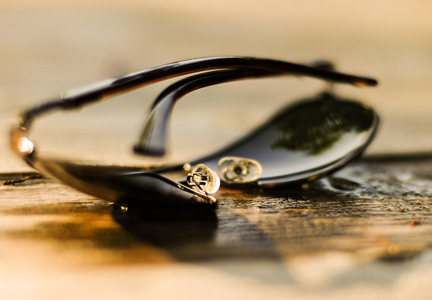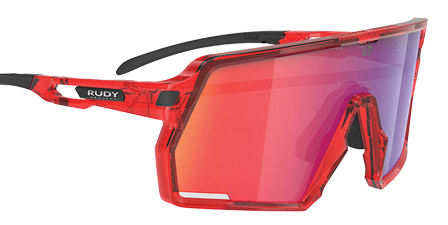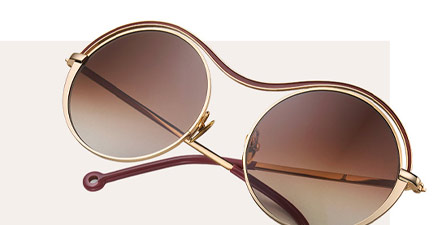
ECPs have been educating and warning the public about the risks of UV exposure for decades, but recent information about UV radiation destroying the COVID-19 virus may confuse many people, causing them to abandon UV protection. The UV wavelengths with germicidal properties are at about 250nm, in the UVC range. UVC from sunlight is absorbed by the earth’s atmosphere, making its harmful effects of little concern. However, the National Institute for Occupational Safety (NIOS) notes that germicidal lamps can cause damage to human tissue in about three seconds.
Usually, UVC isn’t part of the discussion we have with patients about UV protection, so they may draw erroneous conclusions from current reports and abandon their sunglasses to try to protect themselves from COVID-19. The World Heath Organization (WHO) warns that, “Exposing yourself to the sun does NOT prevent COVID-19.” Donald Milton, Professor of Environmental Health at the University of Maryland observes, “Two factors are required for UV light to destroy a virus: intensity and time. But if the light is intense enough to break apart a virus in a short time, it’s going to be dangerous to people…it will damage tender tissue such as the eyes.” The Centers for Disease Control (CDC) notes, “use of UV lamps in isolation rooms…caused at east one epidemic of skin erythema (redness) and keratoconjunctivitis (inflammation of the cornea and conjunctiva) in hospital patients and visitors.”
Then, there is seemingly conflicting information. Researcher David Brenner, Columbia University Center for Radiological Research, claims, “Lamps that emit low doses of far-UVC (about 220nm) can kill virus and bacteria without harming skin, eye and other tissues.” It’s easy to understand how people can confuse germicidal UVC with UV from sunlight and forgo protection in favor of sun exposure. With warmer weather coming to the country’s colder climates, that idea is particularly inviting and a real cause for concern.
ECPs need to step up educating patients about the need for UV protection and the difference between UVC and the UVA/UVB in sunlight. That can be more of a challenge while offices are closed under nonessential business guidelines. However, this is an opportunity to remind patients that you are concerned for their health and safety, especially during the current health crisis. Post information on your website about the importance of UV protection. Send out an article from the WHO, CDC, an expert or yourself in an email blast. Make phone calls and have a “I want you to have this important information” conversation or send out a mailing. Post an announcement on social media, create a webcast; any way you can reach patients. It will help keep your patients safe, let them know that you care, and keep you in touch with them.
Get great information about UV to share with your patients from our CE, The 'A-B-Cs' of UV and Sunwear - Part 1, at 2020mag.com/ce.













